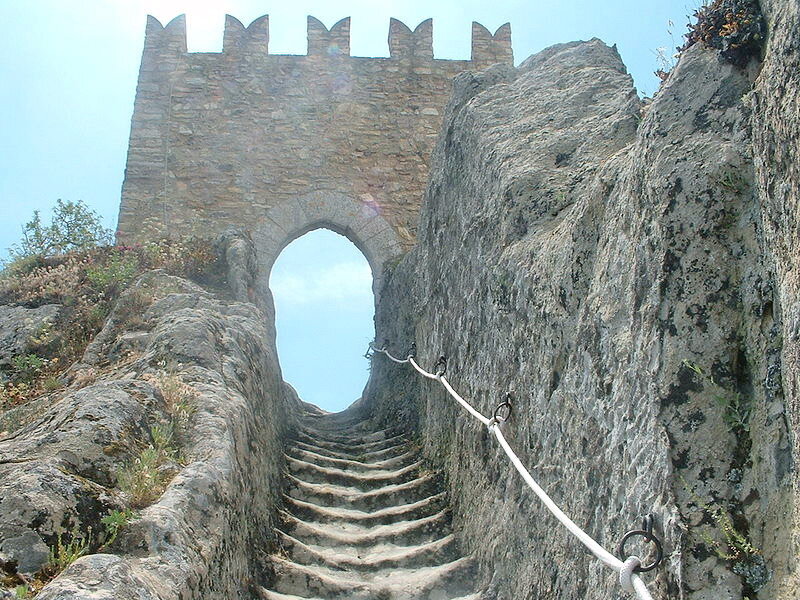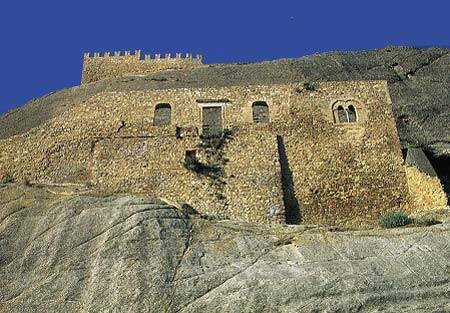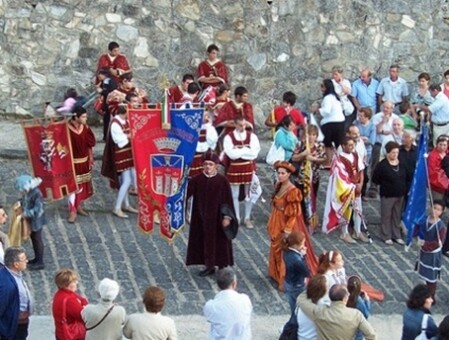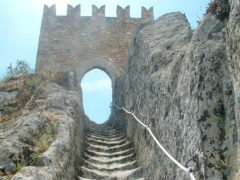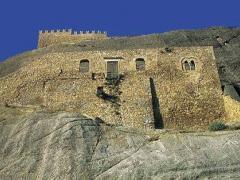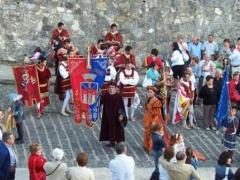Siege of the Sperlinga Castle
Description
Siege of the Sperlinga Castle
----------------
Technical sheet prepared by: Region of Sicily - Department of cultural heritage and Sicilian identity - CRicd: Regional center for inventory, cataloging and documentation and Sicilian regional film library
Intangible Heritage Register
N. Prog. 41
Well: Siege of the Sperlinga Castle
Book: REI - Book of celebrations
Approval date: 08-05-2006
Category: Performance / Entertainment
Province: Enna
Municipality: Sperlinga
Chronological News
From 1266 to 1282 Sicily was under the domination of the Angevins, perceived as foreign oppressors, above all due to the generalized reduction of baronial freedoms and the oppressive fiscal policy. The capital was moved to Naples, making Sicily a province.
On March 30, 1282, the day of Easter Monday, in the churchyard of the Church of the Holy Spirit in Palermo, in conjunction with the evening service of Vespers, an event occurred that caused discontent to degenerate into revolt. According to the historical reconstruction, the episode was triggered by the reaction to the gesture of a French army soldier, who had disrespectfully addressed a young noblewoman accompanied by her husband, putting his hands on her under the pretext of having to search her. In defense of his wife, the groom managed to steal the sword from the French soldier, killing him. This gesture was the spark that started the revolt: in the course of the evening and the night that followed the Palermitans, to the cry of "Mora, mora!", they indulged in a real "hunt for the French", which quickly spread throughout the island, turning into a carnage. The few French who survived the massacre succeeded by taking refuge in their ships, moored along the coast.
On the mainland, the only place where the soldiers of Charles I of Anjou found refuge was the Sperlinga Castle. The Angevin soldiers who took refuge in the Sperlinga Castle, led by Petro de Alemanno (owner of the same castle), resisted the siege of the Sicilians and the Aragonese army for about a year.
Recurrence: Annual
Date: August 16
Occasion: Historical re-enactment of the siege of Sperlinga Castle
Function: Celebratory
Actors: Dames and knights in period clothing representing the noble families who dominated the Sperlinga Castle .:
Participants: Local community and tourists.
Description
On August 16 of each year, from the morning, the streets and squares of the town are animated by the shows of flag-wavers, musicians, acrobats and falconers. In the afternoon the festival begins, with the distribution of various local products among which the "Tortone", a typical dessert made of kneaded and leavened flour, olive oil and sprinkled with sugar and cinnamon. At the same time, the historical procession begins, made up of ladies and knights in period clothing, representing the noble families who dominated the Sperlinga Castle. During the evening, in the square in front of the castle, masters of arms stage heroic deeds, recalling the episode of the siege of the castle, which made Sperlinga known during the Revolution of the Vespers. About thirty delegations from the countries belonging to the Gallo-Italic lands take part in the event. Everything ends at the foot of the medieval castle with the historical re-enactment of the Sicilian Vespers, the election of the lady of the castles of Sicily and the pyro-musical fires.
REFERENCES
Love, Michael. 1843. The Sicilian Vespers War, or a period of Sicilian histories of the thirteenth century.Paris: Baudry.
Pitre, Giuseppe. 1987. The Sicilian Vespers in the popular traditions of Sicily. Pozzallo: New Culture Books.
Currents, Saints. 1998. Unusual guide to the mysteries, secrets, legends and curiosities of Sicily. Rome: Newton & Compton.
Footnotes
Various legends circulate around the episode of the siege of Sperlinga Castle. The best known is the one that narrates that the Angevin soldiers who were fugitives or who disguised themselves among the islanders were discovered with the following stratagem: they were shown chickpeas and asked to pronounce their name; being ciciri the pronunciation of this word in the Sicilian language, the Angevins were easily betrayed by their French pronunciation (sciscirì) and therefore immediately killed.
In the second entrance door, inside the castle, you can read the singular motto Quod Siculis placuit, only Sperlinga negavit ("What was established by the Sicilians, only Sperlinga denied"), precisely because Sperlinga was the only Sicilian city that did not participate in the general anti-French movement of the Vespers.
Among the Sicilian commoners he was nicknamed "Sperlinga" the solitary type who did not bond well with his companions.
Card Author: Paola Barbata
Go to Google Maps
Send a notice to the publisher
[contact-form-7 id="18385"]

